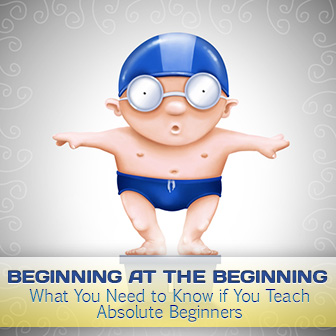DM? CLT? TPR? 6 Most Popular ESL Teaching Methods, And Which One You Should Be Using


Though I would like to answer with polylingual authority, the truth is I am only fluent in English. “Well, don’t you need to speak their language before you can teach them English?” is the most common retort. The answer, as most ESL teachers have discovered, is NO. You do NOT have to speak a second language to teach English to those who know none whatsoever. Teaching English to absolute beginners, though, is not a simple task. Where does the teacher start when he or she has no common ground with the students waiting for instruction?

Dr. James A. Asher developed an answer to that question with his second language learning method called Total Physical Response. He based this method on the idea that a person learning any language, particularly a first language, has a period of time in which he receives linguistic input without producing linguistic output. In other words, language learners take in information about a language before using that language for speech. In the early stages of Total Physical Response instruction, the teacher does the talking, and the students take it in. Later, after students have become comfortable and understand what they hear, do they speak the second language.
The key component of this language method, as one might guess from the title, is the physical response that the learners use while taking in the linguistic information. Students who mindlessly listen to a teacher they cannot understand are more likely to fall asleep than become fluent, but when they make appropriate physical responses to the statements of their teacher, learning comes easily and quickly.
It may be difficult to believe that students can have such a positive response to language instruction that needs no books and little preparation on the part of the teacher, but they do. I remember the first time I experienced the Total Physical Response technique from the other side of the desk. I was attending a lecture in graduate school when my teacher walked into the room on the first day and started speaking to the class in Hebrew. The class was confused initially; after all, we were there for a lecture on syllabus design. Our professor said several sentences to the class, pointing to herself (teacher) and pointing to us (students). She showed us the difference between two students in the front row (male and female form of the word), and wrote the corresponding words on the board. She sat down and stood up. Then she told us to do the same. Through that instruction and those movements, we learned the word for sit and the appropriate verb endings for first person singular, second person plural and second person singular. At each point, she wrote the vocabulary words and verb conjugations on the board. This exercise was the first ten minutes of class, and to my own astonishment, to this day I remember the Hebrew I learned in those few minutes, fifteen years later, though I have done no further study of the language!
I can personally attest to the success of Total Physical Response as a student and as a teacher, and I believe that any ESL teacher with a class of absolute beginners will find TPR the best method of language instruction. To use TPR in class, talk to your students. Use repetition. Write down words on the board. Above all, get your students moving.
Start with imperative statements. Sit down. Stand up. Pick up your pencil. Then, tell your students narratives. I am walking to the door. I am picking up my pencil. You are standing up. You are picking up your pencil. She is standing up. He is standing up. Be flexible when you teach with this method. Look for signs of comprehension in your students, and do not pressure them to produce language until they are ready to volunteer it. Keep reminding yourself that they are learning even if they are not producing English, and they will use that language to communicate when they are ready.
Many benefits come with instruction through TPR. Students feel less pressure to produce perfect language. You can use TPR with a mixed level class or with students with learning disabilities. TPR takes little preparation on your part. Kinesthetic learners, often the last that teachers think of when making lesson plans, are in their learning style glory! TPR is an effective language learning method for both children and adults, large and small classes. Most of all, your students will have fun moving around the classroom and engaging in their own learning process.
But when you are teaching a class of beginners or have beginners in your mixed level class, TPR may be the way to connect with all of your students. This method of instruction will have long term positive effects for your students. Not only that, their language learning process may be more in line with how languages are naturally acquired by first language speakers. All this will come together to make your students more engaged in class and give them longer lasting language knowledge. Whether you teach in the east or west, north or south, or have students from every corner of the globe, TPR is a way to bring them together and help them achieve a common goal!
What are your experiences using TPR in the classroom?